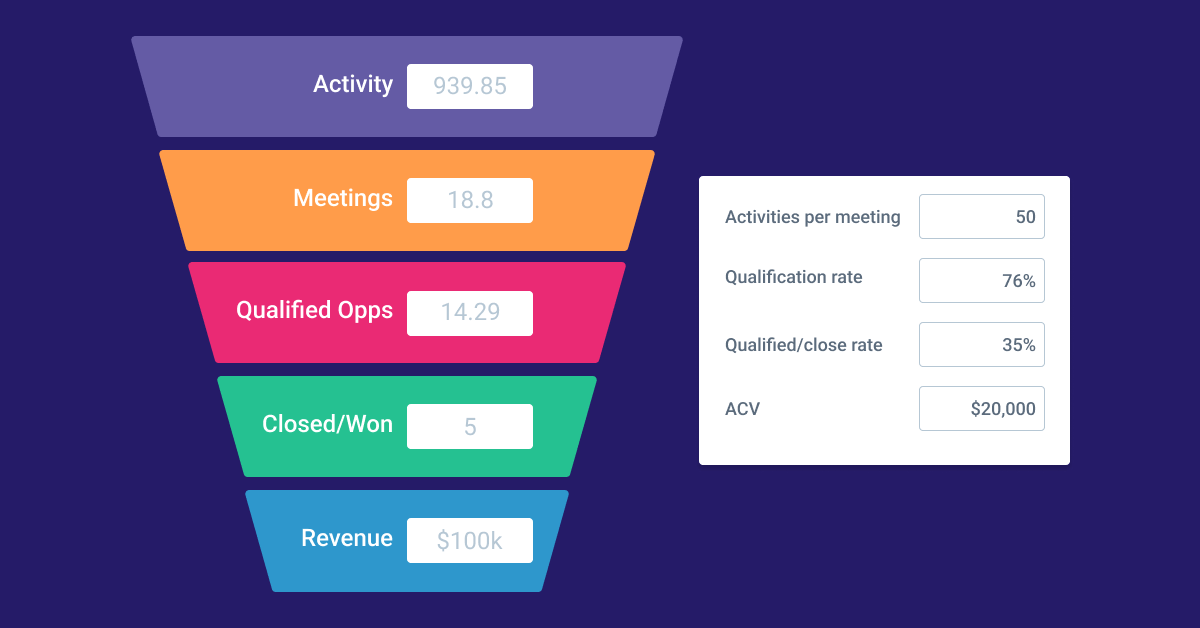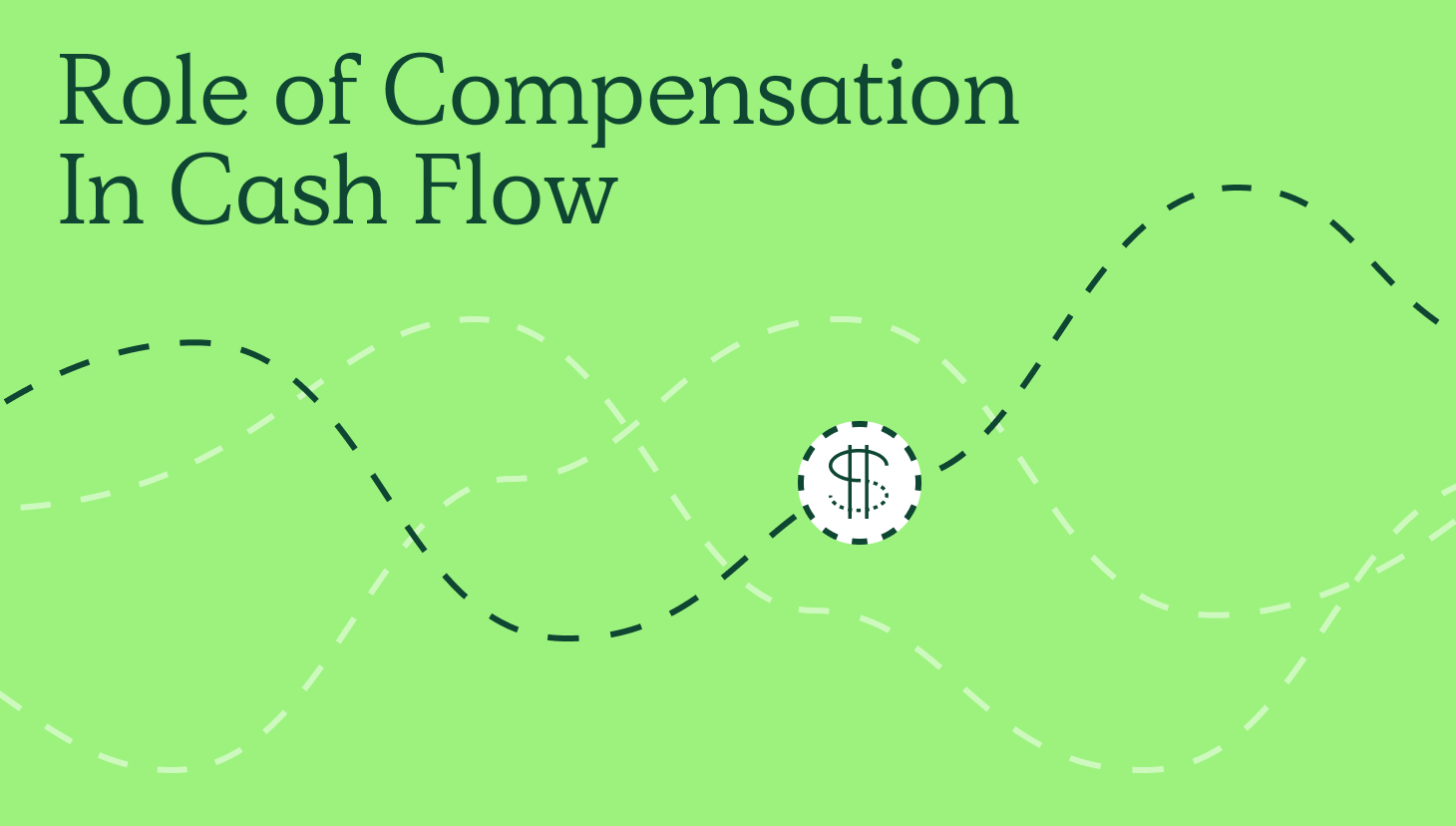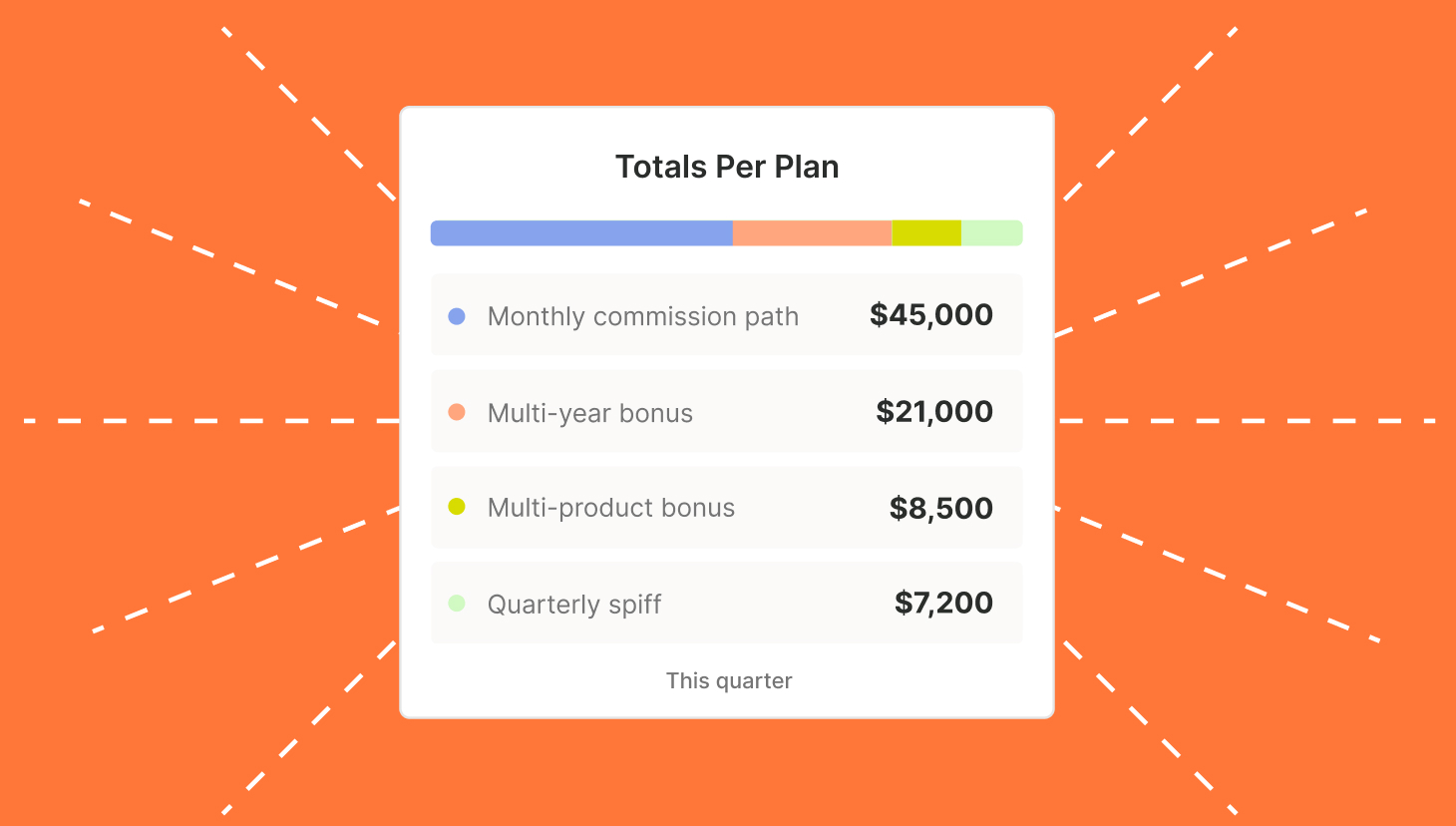As of 2017, 5.7 million professional salespeople were marketing either remotely or face-to-face in the United States. Of those, about 52.8% worked in outside sales. The remaining 42.7% were dedicated to inside sales. That’s a fairly even split, so what would make companies or reps choose one over the other? When it comes to inside sales vs. outside sales, what’s the difference?
Track and Measure Sales Performance & Earnings
Use QuotaPath to test and model your compensation strategies for each leg of your GTM team. Then, automate commission tracking and payouts to ensure accuracte calculations and on-time checks while giving your reps visibility (and accountability) into their earnings.
Learn MoreInside sales vs. outside sales: A quick look
It’s popular to argue which type of sales is better. This debate may be fun for those invested in one method over the other, but in truth, one isn’t objectively better than the other. They’re just different.
Inside sales
Inside sales are so named because they occur inside the sales agency or company sales department’s framework. Rather than going to meet customers face-to-face, reps take care of everything from prospecting to converting remotely. Traditionally, this meant reaching out to prospects by phone. Today, telesales has expanded to include a diverse array of communication. Reps may connect with clients via email, text, video conferencing and even social messaging.
Outside sales
Outside sales, sometimes referred to as field sales, involve reps going to meet prospects wherever they happen to be. This could mean drumming up business at big industry events or cold calling on companies at their own offices. In fact, the Department of Labor has its own definition of what it means to be an outside salesperson. Basically, it’s anyone who makes sales outside the office.
Inside sales vs. outside sales: What it means for the company
Some companies use both inside and outside sales for a more diverse approach to onboarding and managing clients. Others, particularly startups, may not have the infrastructure to support outside sales. In 2020, when COVID-19 has forced many teams to work remotely, there’s an understandable uptick in inside sales. Whether or not that trend sticks remains to be seen.
Here are a few other considerations:
Types of products sold
You’re more likely to see inside sales used in B2B sectors, including technology and SaaS. When prospects already understand their pain points and believe in the solution, all that’s left is explaining why your product is the winner. It’s also the preferred method for time-starved clients. Sometimes people just want to get what they need and move on.
Outside sales tend to be more popular with products or services that are too complicated or specialized to sell over the phone. It also comes in handy when you’re trying to compete for large, multiyear accounts also being courted by your competitors. In these cases, a phone call or email just isn’t enough. Some clients want the attention now, so they know they’ll also be taken care of later.
Average contract size
Contract values tend to be larger in outside sales because of the resources involved in bringing that client on board. Travel is particularly pricey and can be difficult logistically, so larger contracts equal better profits.
Sales cycle length
It takes longer to sell outside. Again, it comes down to logistics. The cycle includes traveling to the client’s location or an industry event, following up, and nailing down particulars. With all that back and forth, there can be weeks or even months between the initial introduction and an actual signed contract.
The immediacy of internet-based communication and everyone’s ability to read contracts and answer questions on demand makes for a faster cycle. Inside sales can close almost immediately if everyone is on task and agreeable to the terms.
Overhead
Outside sales teams are almost always more expensive to maintain. Inside sales reps need equipment and software as well as basics, such as a desk, Wi-Fi, and access to standard office supplies. You might provide a cell phone or laptop as an added perk.
Outside sales reps are always on the go and have to be equipped accordingly. This may include everything from a company car to plane tickets and hotel accommodations to per diems for food and taxi rides. Because closing deals in the field often involves dinner and entertainment, businesses also have to budget for extras like golf memberships and shows.
Scaling
Because inside sales are so efficient, it’s possible to connect with clients all over the world in a matter of minutes. Using email automation and other tech-forward methods allows for easy lead qualifications, so inside sales reps can focus on nurturing the most promising leads. Outside sales are mostly one-on-one. While reps might initially pitch a group at a conference or luncheon, nearly all deals close individually.

Build a Sales Funnel
Use our free sales funnel resource to see how many meetings your team needs to book to hit quota.
Calculate NowInside sales vs. outside sales: What it means for the rep
Once you’ve decided on your corporate sales structure, you have to decide who to hire. Part of that interview process should understand what skills work best for each sales scenario.
Personality and skillset
For reps, much of the decision between inside and outside sales comes down to personality. Outside sales reps are required to be outgoing. They’re often found attending luncheons, working booths at trade shows, and cold calling clients in person. Inside sales reps rarely meet clients in person; instead, they rely on the written word and phone calls.
It’s difficult for an introvert to excel at outside sales. Conversely, someone who loves being in the field and thrives on public speaking might not feel comfortable with inside sales.
Of course, the flip side is also true. Some less technology-adept reps may not excel at inside sales simply because virtual communication and text-based sales aren’t their forte. Thus there is the solution as video interview software, which allows real-time talks and eases the hiring and communication processes, and for the outsource workforce, it will be a great tool.
Additionally, outside sales reps need to be self-starters and responsible for managing their own schedules and sales goals. They typically wear business attire, while inside sales reps have more oversight and can dress down in theory because they’re not meeting with clients.
Experience required
Despite the differences in skills required, it’s not unusual to start with inside sales and progress to an outside role. That’s because inside sales allow for more interaction with management. Supervisors can see how a rep is learning, correct any issues promptly, and teach them the ropes one-on-one. Once a rep moves to outside sales, they’re largely on their own regarding day-to-day activities.
Outside reps also act as company ambassadors at high-profile events. Saving these roles for employees with more experience is a safer bet.
Pay
Both outside and inside sales work on compensation models, though most also incorporate base pay. Exact salary structures shift from industry-to-industry and are also dependent on geographic location. That said, outside sales reps typically have more experience and are compensated accordingly.
Per Payscale, the average outside sales representative’s salary is $49,822 annually. Add in bonus, commission, and profit-sharing, and that’s an average total of $68,853 yearly. Reps can make as little as $34,000 in total or reach well over six figures.
As for inside sales reps, Payscale says the average salary is $46,011 annually. Add in bonus, commission, and profit-sharing, and that number rises to $56,199 yearly. That’s about $12,000 less annually for inside sales vs. outside sales reps.
Upward trajectory
Studies show that inside sales are growing exponentially faster than outside sales. That’s not too much of a surprise considering the convenience that comes with tools like Zoom and internet-based sales platforms. But just because there are more opportunities in inside sales doesn’t mean it’s right for everyone.
Whether you funnel all your energy into inside sales, outside sales, or a combination, you need a smart way to track commission. Check out QuotaPath’s game-changing adaptable compensation solution, and discover a stress-free way to track commissions and compensate your team. Start for free today!



